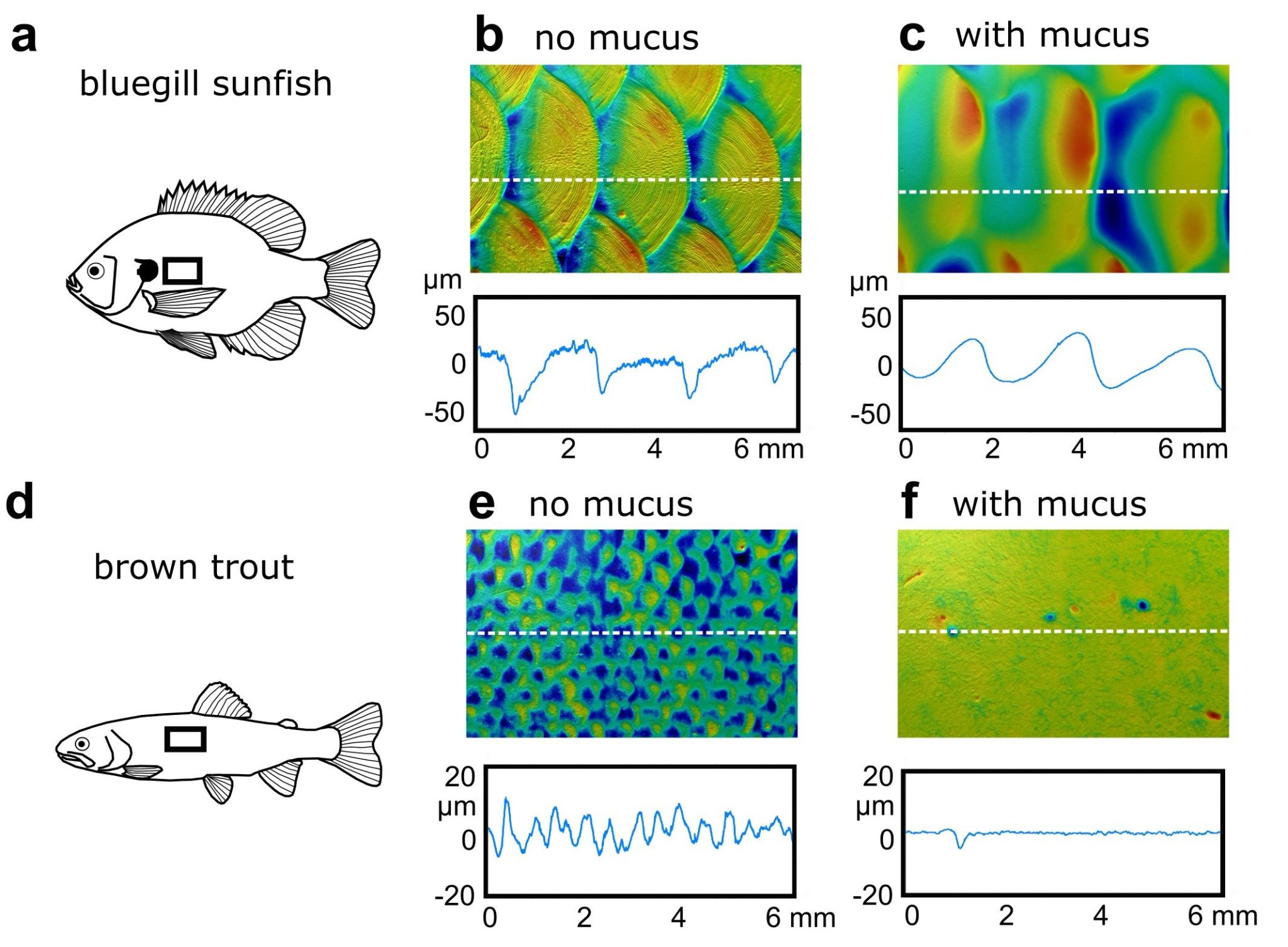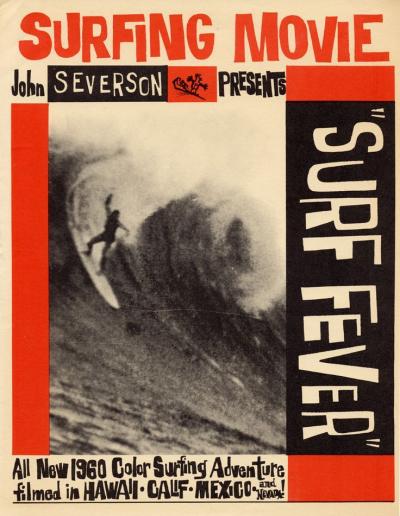The portrayal of surfers in California advertising has undergone a remarkable transformation since its inception. Surfing, deeply embedded in California’s culture, not only reflects the lifestyle of its enthusiasts but also shapes brand identity and marketing strategies. This evolution showcases the intersection of art, lifestyle, and commerce, revealing insights into societal changes and consumer trends over the decades.
The Origins of Surfer Imagery in California

Surfer imagery began to surface in the late 1940s and early 1950s. Initially, it was a niche market, primarily focusing on a small group of dedicated surf enthusiasts. Early advertisements featured images of surfers that emphasized adventure and freedom, appealing to the youth seeking a break from conventional lifestyles. Companies like Hobie and Velzy began to capitalize on this growing interest, introducing surfboards and gear that not only symbolized a sport but also an evolving subculture.
These early ads often showcased surfers in action, riding the waves or relaxing on the beach. The imagery was raw and authentic, reflecting the experiences of local surfers. The ocean, sun, and surfboards became central themes, capturing a sense of carefree living and connection to nature. As magazines and films popularized surfing, these visuals began influencing a broader audience, blending the sport with the ideals of the California lifestyle.
The Rise of Surf Culture in the 1960s

The 1960s marked a significant shift in surf culture and its representation in advertising. The release of films like “The Endless Summer” helped cement the surfer as an iconic figure, intertwining surfing with an aspirational lifestyle associated with youth, rebellion, and freedom. Brands started to embrace this imagery on a larger scale, recognizing its potential to resonate with a wider consumer base.
This era also saw the emergence of surf music, notably from bands like The Beach Boys, further intertwining surfing with American pop culture. Advertising began to reflect not just the sport but a lifestyle—advertisements depicted surfers as trendsetters and symbols of youthful exuberance. Companies invested heavily in branding that showcased an idyllic beach lifestyle, turning surf culture into a thriving industry. The vibrant, colorful ads captured the essence of California’s beaches and fueled a surf-oriented economy, establishing an indelible link between surfing and consumer culture that persists today.
The Transition of Surf Advertising Through the Decades
Surf advertising has undergone a fascinating transformation over the decades. In the 1950s and 1960s, we saw the rise of the beach culture intertwined with the birth of modern surfing. Brands portrayed a carefree lifestyle that resonated with the youth. Ads featured sun-tanned surfers riding the waves, highlighting not just the sport, but also an entire way of life. Think of those iconic images that captured the essence of freedom, rebellion, and adventure!
As we moved into the 1970s and 1980s, surfing gained immense popularity. Advertisements began to shift focus. They still showcased the thrill of surfing, but now there was a noticeable emphasis on the gear: boards, wetsuits, and accessories. Brands like Billabong and Quiksilver burst onto the scene, using vibrant graphics and bold colors to attract attention. The imagery became more dynamic, portraying surfers in action, reflecting the sporty lifestyle alongside the laid-back vibe.
By the 1990s and early 2000s, surf advertising took another evolution, influenced by the explosion of extreme sports. Stronger ties to action sports and tourism emerged, with an increased focus on the diversity of surfers. Ads began to feature a wider variety of demographics, including women and multicultural representations, which illustrated that surfing was for everyone.
The late 2000s into the 2010s saw the advent of lifestyle branding, where brands aimed to evoke an entire lifestyle rather than just sell a product. Advertisements painted a broader picture of surf culture, incorporating music, art, and community. Today, it’s not just about catching waves; it’s about embracing a complete identity.
Digital Marketing and the New Wave of Surfer Imagery
In this digital age, surfing imagery has entered a new era characterized by social media and online marketing. Brands are harnessing the power of platforms like Instagram and TikTok to reach audiences in ways that traditional advertising simply can’t. The surfers themselves often become influencers, sharing their experiences and personal brands directly with their followers. This shift has led to some exciting developments:
- User-Generated Content: Brands are now encouraging surfers to share their own photos and videos. This creates a sense of community while making the product feel more accessible and authentic.
- Visual Storytelling: Digital marketing emphasizes storytelling. Brands are showcasing not just the product, but the adventure that comes with it, using stunning visuals that evoke emotions.
- Real-Time Engagement: Surf brands can engage with their audience instantly. Whether it’s through comments, shares, or collaborations, this immediate feedback loop is revolutionizing the marketing approach.
- Diversity in Representation: With digital platforms, brands can showcase a broader range of surfers—different ages, body types, and backgrounds—making surfing more inclusive.
Furthermore, the era of video content cannot be overlooked. Brands are producing high-quality videos that capture breathtaking stunts, unique surf spots, and the very essence of surf culture, bringing audiences right into the water. What’s more, virtual reality is on the horizon, offering a thrilling experience that could make anyone want to ride the waves. In this new wave of advertising, the focus is not only on the surf but also on creating a genuine connection with the audience, ensuring that surfing remains a vital component of California’s rich cultural tapestry.
The Role of Social Media in Modern Surf Culture
In today’s digital age, social media has fundamentally transformed how surf culture is portrayed and consumed. Once confined to magazines and television, surfer imagery is now buzzing across platforms like Instagram, TikTok, and YouTube, reaching a global audience in seconds. This shift has not only increased visibility but also reshaped the narratives surrounding surfing.
Here are a few ways social media has influenced modern surf culture:
- Visual Storytelling: Captivating photography and videography showcase the thrill of riding waves, the beauty of surf spots, and the lifestyle associated with it. Influencers and brands leverage stunning visuals to evoke emotions and inspire their followers.
- Community Building: Social media creates a sense of belonging among surfers. Hashtags like SurfLife or WaveChaser encourage surfers to share their experiences, fostering a vibrant community where everyone can contribute.
- Real-Time Engagement: Brands can interact directly with their audience, gathering feedback and building relationships in real-time. This immediacy offers surfers a chance to connect with brands and fellow enthusiasts like never before.
- Diversity and Inclusivity: As various voices and styles emerge, social media has broadened the representation of surfers. From women to surfers of color, the imagery shared online reflects a richer tapestry of surf culture.
While the aesthetic of surfing remains important, social media is pushing for authenticity. Audiences crave genuine experiences over overly polished content, and this shift is allowing for a more relatable and diverse image of what it means to be a surfer today.
Environmental Awareness in Surfer Advertising
As our planet faces increasing environmental challenges, the surf community is stepping up, making environmental awareness a cornerstone of modern advertising. Surfers have long had a unique relationship with the ocean, and this connection is now reflected in the campaigns and imagery that promote surf culture.
Key themes in environmentally conscious surfer advertising include:
- Sustainable Practices: Many brands are now adopting eco-friendly materials for surfboards, wetsuits, and clothing, promoting these innovations through impactful campaigns. Advertisements often highlight recycled materials or sustainable production methods, underscoring a commitment to protecting the oceans.
- Conservation Efforts: Successful surfer brands collaborate with ocean cleanup initiatives and conservation organizations. Their campaigns not only promote products but also raise awareness about the need for ocean conservation.
- Inspiring Action: Advertisements are increasingly focused on mobilizing surfers to adopt more sustainable practices. This includes using hashtags for clean-up events or encouraging fans to support legislation that protects marine environments.
With iconic images of surfers riding waves in pristine waters, these campaigns effectively communicate a powerful message: the health of the ocean is vital not just for surf culture but for the future of our planet. Ultimately, environmental awareness in surfer advertising not only enhances brand credibility but also nurtures a deeper connection with audiences who share the same values and concerns for our oceans.
Future Trends in Surfer Imagery and Advertising
As the surfing culture continues to evolve, so too does the imagery used in advertising across California. This dynamic landscape is shaped by a variety of factors, including technological advancements, changing consumer preferences, and increased awareness of environmental issues. Below are some future trends that are likely to define surfer imagery in advertising.
- Inclusivity in Representation: Future advertisements will increasingly showcase diverse surfers from various backgrounds, promoting an inclusive image of the surfing community.
- Sustainability Messaging: With growing environmental concerns, brands are embracing sustainable practices. Imagery will likely reflect eco-conscious surfing experiences, highlighting clean oceans and sustainable surfboard materials.
- Use of Augmented Reality (AR): AR technology will enable consumers to experience surfing in new ways, blending interactive elements into advertisements that allow users to visualize products in surf settings.
- Authentic Storytelling: Advertisements will lean towards storytelling that connects emotionally with audiences, featuring real surfers and their journeys rather than staged, idealized images.
- Emphasis on Wellness and Mindfulness: As surfing is often associated with a holistic lifestyle, future imagery will emphasize mental well-being and mindfulness, portraying surfing as a form of therapy and escapism.
Advertising will also increasingly leverage digital platforms and social media influencers to reach new audiences, creating a more personal connection through relatable content. As the surfing industry adapts to these shifts, the imagery used will reflect a blend of modern values and timeless passion for the sport, reinforcing the bond between surfers and the ocean.


